There you are, minding your own business, when suddenly you start to feel a little anxious. And then a little more anxious. And then very anxious, indeed. Most of us have experienced a moment like this when anxiety seems to rise up out of nowhere and shut off our ability to function. It can be a terrifying feeling, and sometimes it can feel as though there is no way to reclaim your equilibrium and calm down.
During this sort of episode, both physical and mental symptoms are in play. Maybe your heart rate and your breathing speed up. Maybe you start to sweat or find that you can’t sit still. Maybe your thoughts seem to flit from worry to worry or become a muddle you can’t make heads or tails of.
When you are in the grip of symptoms like this, it can be hard to take action of any kind—let alone action that can address the anxiety itself. But there is, in fact, a fairly simple technique that can help you regain a sense of calmness and control. And you can do it wherever you are whenever anxiety begins to overwhelm you.
Let’s learn the 5-4-3-2-1 technique.
We are all familiar with various kinds of countdowns. There are the countdowns that precede rocket launches. There are the Top 40 countdowns that reveal our favorite music of the week. There is the countdown to midnight that ushers in each new year.
The countdown we want to introduce here involves your five senses. With each number, you engage one of your senses for a few moments. As you countdown toward one, you are bringing yourself into the present moment (much like mindfulness practice), establishing that you are safe, and giving yourself time to gather yourself again.
The countdown starts with your sense of sight. Take a couple of deep breaths to start. Then…
- Identify five things you can see. It does not matter what they are. It can be five things in the room where you are, five things you can spot outside the window, or a combination of the two. If you feel comfortable, it can be helpful to name the things you see out loud.
- Identify four things you can touch. Again, the specifics do not really matter. You might feel the fabric of your clothing, warm or cool air coming through a vent, an item on your desk or a nearby table. As with the things you could see, you might speak the names of things you are touching aloud.
- Identify three things you can hear. Maybe you can hear traffic or birds chirping or a conversation nearby. Just listen for three sounds, and name them out loud if you are comfortable doing so.
- Identify two things you can smell. Depending on where you are when you do this exercise, this one can be tricky. Perhaps you can smell some food being prepared or the scent of your coffee or tea. You might even consider keeping flowers or a scented wax infuser in spaces you frequently occupy so that you have specific things to smell and perhaps name aloud.
- Identify one thing you can taste. This, too, can be tricky. Maybe you can sip your beverage or enjoy a piece of candy or gum. As with things to smell, it can be helpful to have something on hand for this portion of the exercise. If you have been saying the names of items out loud, do so one more time for the thing you can taste.
Finish up with a couple more deep breaths, and then take stock of how you are feeling. If your anxiety has been lessened but is still present, it is perfectly fine to repeat the exercise a second time. Remember, the goal is to ground yourself in your surroundings so that your brain and body remember they are safe and can let go of the symptoms of anxiety.
Two Important Notes
We want to acknowledge that some individuals with disabilities of one kind or another may not be able to complete this exercise exactly as outlined above. Nevertheless, the general principle holds. If you can take a moment to bring your mind and body more fully into the present moment and your current surroundings, you can gain some control over the anxious feelings you are having.
Second, we want to point out that the 5-4-3-2-1 technique is not a substitute for ongoing mental health care for those who have been diagnosed with a disorder like (but not limited to) generalized anxiety disorder. The technique can be a useful tool, but it should not be seen as a replacement for therapy or medication.
One Less Worry: You Can Get Help at Johnstown Heights Behavioral Health
If you are struggling with a mental health disorder, it can sometimes feel overwhelming to try to figure out who or what can help. Johnstown Heights Behavioral Health in Colorado wants to lessen any anxiety you might feel about finding mental health professionals who have the expertise and compassion necessary to help you make and sustain improvements. We are here to offer personalized treatment plans that will help you reclaim your life. Don’t feel anxious about getting the help you need.







